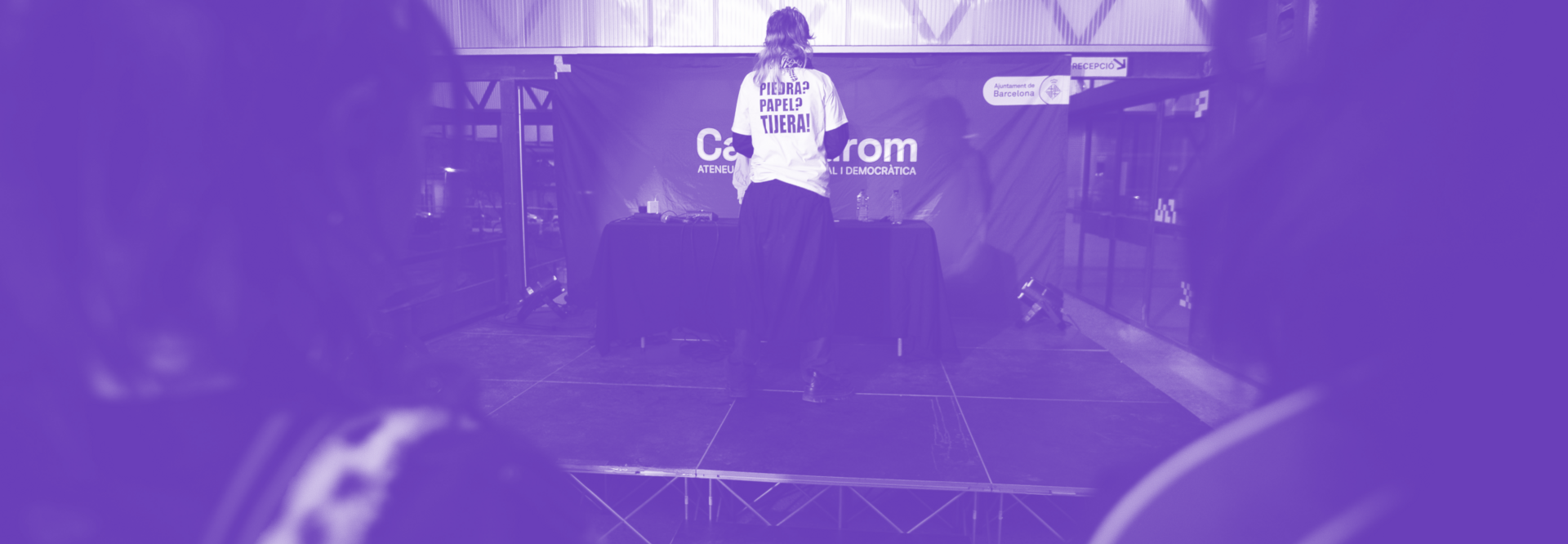Changes at "Session 3 | AI, Communication and Journalism"
Description (English)
-
-
The application of artificial intelligence in the world of communication has opened a window of opportunity, with a dark enough slit of challenges. Communicators have at their disposal tools that write content in a few seconds. Journalists can access software that generates automatic images, which have already made the front pages of national and international newspapers. Where is the border between tools to facilitate the work of journalists, and tools to replace journalists? How does the use of these tools affect journalistic precision and disinformation? What is happening in catalan newsrooms?
A few years ago, people thought about how social networks would replace the journalistic task, turning all people into communicators and content creators. What does the normalization of artificial intelligence by the information and communication sector mean? What effect does it have on journalism to apply tools that facilitate technocorproacions disrespectful of privacy and the rights of individuals? Will we go back to singing "video killed the radio star"?
In this session we have Patricia Ventura, PhD in ethics, artificial intelligence, and communication, and strategic communication consultant, Judith Membrives, digitization technician at Lafede.cat, Carles Planas Bou, technology journalist at El Periódico, and Enric Borràs, deputy director of the newspaper AHORA.
The conferences continues with:
📌Organized by: Canòdrom - Ateneu d'Innovació Digital i Democràtica
📸 The image of the cycle is a creation of Taller Estampa -
+
The application of artificial intelligence in the world of communication has opened a window of opportunity, with a dark enough slit of challenges. Communicators have at their disposal tools that write content in a few seconds. Journalists can access software that generates automatic images, which have already made the front pages of national and international newspapers. Where is the border between tools to facilitate the work of journalists, and tools to replace journalists? How does the use of these tools affect journalistic precision and disinformation? What is happening in catalan newsrooms?
A few years ago, people thought about how social networks would replace the journalistic task, turning all people into communicators and content creators. What does the normalization of artificial intelligence by the information and communication sector mean? What effect does it have on journalism to apply tools that facilitate technocorproacions disrespectful of privacy and the rights of individuals? Will we go back to singing "video killed the radio star"?
In this session we have Patricia Ventura, PhD in ethics, artificial intelligence, and communication, and strategic communication consultant, Judith Membrives, digitization technician at Lafede.cat, Carles Planas Bou, technology journalist at El Periódico, and Enric Borràs, deputy director of the newspaper AHORA.
The conferences continues with:
📌Organized by: Canòdrom - Ateneu d'Innovació Digital i Democràtica
📸 The image of the cycle is a creation of Taller Estampa


.png)


Share